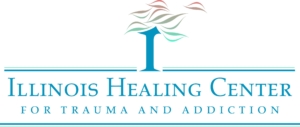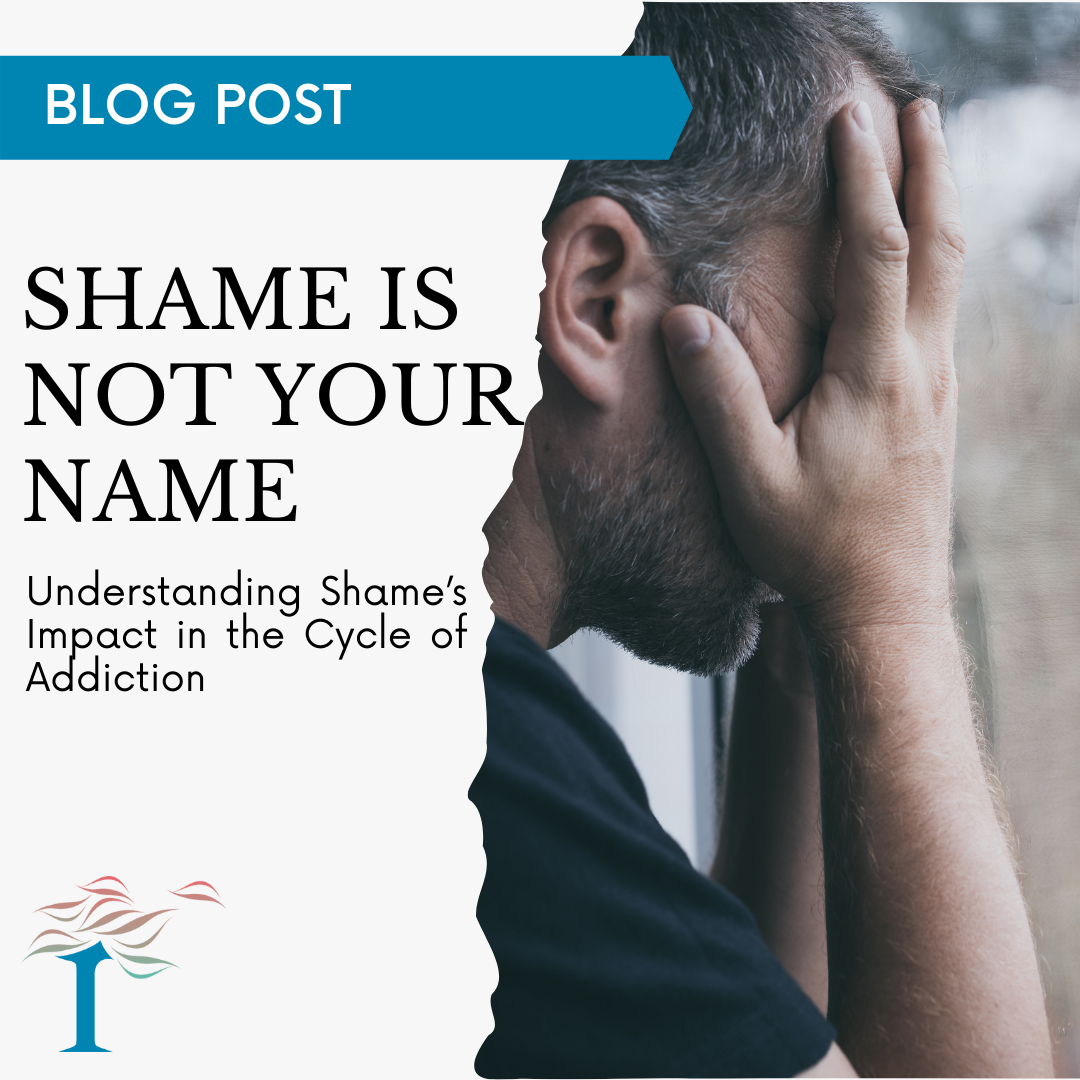“Why should I? What’s the point? I’m not capable of doing this. I am just gonna let people down, hurt people, feel terrible about myself. It’s just not worth it.”
The cycle of addiction is profound and complex. It is a cycle that contains multiple micro-cycles that spiral and lead to deeper more self-sabotaging micro-cycles. Of all these micro-cycles none is more damaging to the addict than the Guilt/Shame Cycle. It is this cycle that continues the addictive thinking which ultimately leads to the addictive behavior.
To find resolution for the Guilt/Shame Cycle we need to first understand the difference between guilt and shame. Second, we’ll need to search for the origins and the preceding beliefs and thoughts of the addict to begin the reduction of this self-destructive cycle and begin a renewed healthier recovery-oriented way of thinking. Guilt is for something a person does whereas shame is for the way a person believes he/she is. As Rabbi Dr. Abraham Twerski points out, “Guilt can lead to corrective action. Shame leads to resignation and despair.” The difference between an addict and a non-addict (or an addict living a life of recovery) is non-addicts often use their guilt as a motivating tool to apologize, make amends, or ask for forgiveness. Active addicts use their guilt as evidence that they are the negative belief they have of themselves which in turn leads to the despairing shame. You can say, in simpler terms, that where others develop and feel guilt addicts develop and feel shame.
Why? Why is that some people feel guilt while others feel shame? There is a lengthier nature versus nurture discussion that can be explored. However, in efforts to be brief, let’s approach this from a program of recovery (12-Step Program) and psychotherapy approach.
The addiction cycle begins with a flawed and distorted core belief about oneself. “I’m not good enough. I’m worthless. I’m damaged. Etc.” This isn’t necessarily unique thinking to addicts. In fact, we all have distorted thinking, some more overwhelming than others. Where the cyclical thinking differs is the addict does not believe that there’s hope, reprieve or comfort AND they found a way to alleviate the intense feelings of shame due to their cognitive distortion about their essence. This may be through alcohol, marijuana, opioids, benzodiazepines and/or other prescription medications, gambling, food, and other compulsive acting out behaviors. Rabbi Dr. Twerski gave an analogy of someone who’s car starts to have mechanical issues. He takes the car to the mechanic to be assessed and fix the part that has become defective. If later, another part breaks followed by another followed by another he may conclude, rightfully, that there’s no point in putting more money in to the car. This is the addictive shame-filled thinking of an addict. While apologies, amends and forgiveness may conquer the guilt it will not take away the shame because the shame is so incredibly internal and a representation of who the person believes he is. These corrective behaviors will not change the defectiveness the addict believes about himself. Anyone who has experienced the life of an addict can attest to the remorse, tears, promises, apologies that the addict feels. Those are truthful expressions of guilt. Yet, it does not undo the shame the addict feels about who he is. The 12-Step program teaches and practices methods of rectifying negative behaviors while accepting the disease of addiction as being the catalyst of their cognitive distortions and not the true definition of who they are as a person. Once acceptance has been achieved and the willingness to integrate the program of character redefinition along with abstinence the addict will learn how to transform shame into productive guilt. The guilt allows for full responsibility of behavior while leaving the shame behind. Recovering addicts will make a “searching and fearless moral inventory”, own their destructive behavior, make proper and direct amends, learn to immediately resolve resentments with proper communication and continuously spiritually connect with G-d and others. This creates the cycle of recovery.
Therapy, concurrently or otherwise, allows for exploration of the origins of the cycle of addictive thinking and its distorted negative self-determination. Skilled clinicians help pinpoint the development of the unhealthy and unproductive schema in which years of misappropriated beliefs followed. The therapeutic journey then embarks in reinterpreting past events and experiences which have fostered, bolstered, and promoted the integration of shameful beliefs about oneself. Once the door of possibility to the idea that we have unjustly mistreated ourselves with false beliefs about ourselves, we are able to understand a plethora of false truths for what else those experiences may have been. We turn “I’m worthless” into “I’m worthy.” We turn “I’m not good” into “I’m good enough.”
Our job as parents is to evoke and instill positive beliefs and eliminate the cataloging statements of shame. It’s our responsibility to promote accountability of behavior without shaming the essence of the developing child. Shame is not reserved for addicts and addiction only. Shame holds, or at the very least slows, a young person’s confidence and ability to take healthy risks. Being able to take risks and chances allows for proper and effective achievement of their fullest capacity and potential. Let us laud the accomplishments and achievements of others while carefully not simultaneously shaming our children. When our children make mistakes, let’s focus of the mistaken behavior not on the “bad” character of the child. Our focus, when faced with disappointing mistakes of the child, needs to be on learning from the ordeal and encouraging them to make the better choice when faced with a similar opportunity in the future.
We are not our negative or unwanted behavior. We are good because G-d is good. Progress. Not perfection



